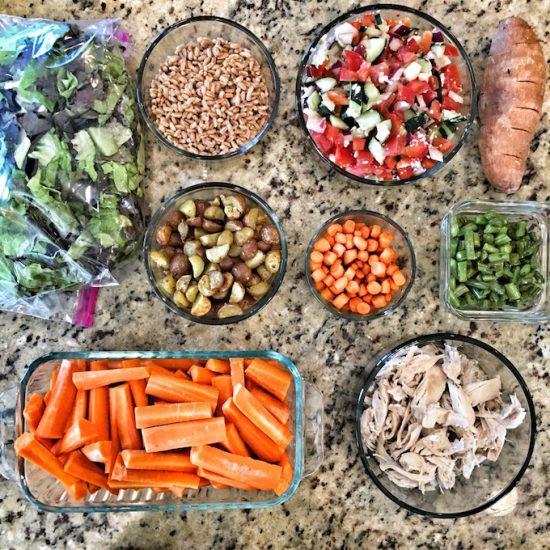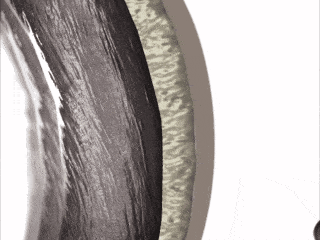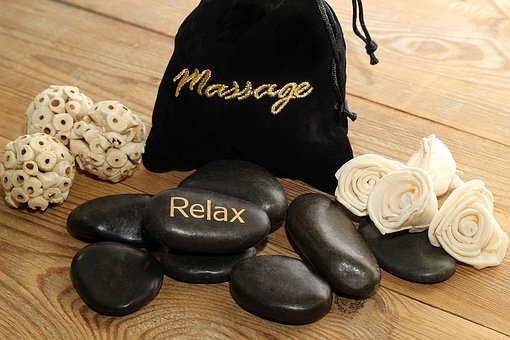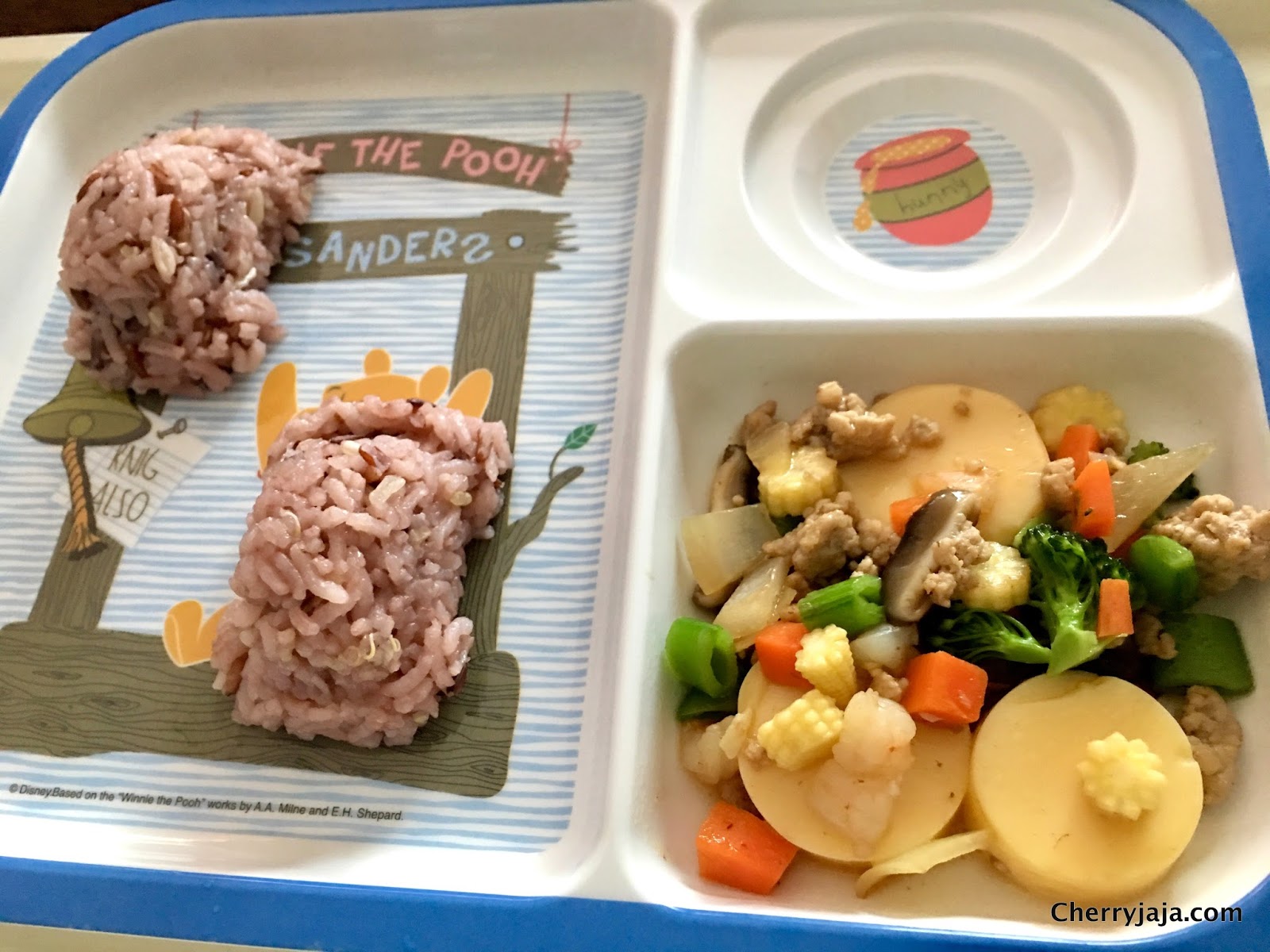
National advisory bodies should provide consistent advice surrounding optimal breastfeeding practices, including duration of breastfeeding, and the introduction of complementary foods. Ongoing independent research is important to achieve up-to-date national consensus on best-practice breastfeeding recommendations, and effective breastfeeding promotion strategies.Access to maternal and perinatal services should be improved, particularly the provision of culturally appropriate services for Indigenous and culturally and linguistically diverse (CALD) families, and for rural and remote families. Access to Perinatal Depression (PND) services should be improved through increasing the availability of specialised mother and baby units (MBUs).Doctors, medical students, and other health professionals who provide advice, should be appropriately trained and educated on the benefits of breastfeeding, including education and appropriate support for those mothers who experience difficulties with breastfeeding.Efforts must be made to increase the affordability and availability of fresh food in rural and remote communities to allow for appropriate weaning to occur.Parents who are unable or choose not to breastfeed should be provided with appropriate care and assistance to formula feed their child.


Parents should receive education regarding infant feeding patterns and cues, as well as behavioural and developmental expectations. Populations with low breastfeeding rates should receive targeted support to increase breastfeeding initiation and duration.Promotion of breastfeeding, not only to women of childbearing age but to all within the community (including men), may have a positive impact on breastfeeding.Parents should be supported to make informed decisions about feeding infants.Breastfeeding should be promoted as the optimal infant feeding method.Immediate effects of traditional Thai massage on psychological stress as indicated by salivary alpha-amylase levels in healthy persons.
#Feedy healthy massage trial
The effectiveness of Thai exercise with traditional massage on the pain, walking ability and QOL of older people with knee osteoarthritis: A randomized controlled trial in the community. en/RL/nuad-thai-traditional-thai-massage-01384 healthy-lifestyle/stress-management/in-depth/massage/art-20045743 Massage: Get in touch with its many benefits. A randomised crossover trial comparing Thai and Swedish massage for fatigue and depleted energy. The effectiveness of Thai massage and joint mobilization. Effects of Thai massage on physical fitness in soccer players. (2015). A randomized controlled trial on the effectiveness of court-type traditional Thai massage versus amitriptyline in patients with chronic tension-type headache. Thai massage, and Thai herbal compress versus oral ibuprofen in symptomatic treatment of osteoarthritis of the knee: A randomized controlled trial. Effects of Thai traditional massage on pressure pain threshold and headache intensity in patients with chronic tension-type and migraine headaches. Short-term effects of traditional Thai massage on electromyogram, muscle tension, and pain among patients with upper back pain associated with myofascial trigger points. Acute effects of traditional Thai massage on electroencephalogram in patients with scapulocostal syndrome. You can learn more about how we ensure our content is accurate and current by reading our editorial policy. Healthline has strict sourcing guidelines and relies on peer-reviewed studies, academic research institutions, and medical associations. If you have an injury, or some part of your body is particularly sensitive to pain, be sure to let the practitioner know before they start the massage session.

If you do, let your practitioner know so the pressure and stretching can be reduced.

If your muscles are sore or tense, you may feel some discomfort. Some types of stretches may involve going through yoga-like movements with the practitioner holding or pulling you to maintain a pose. They may even sit on you to stretch you into certain positions. Instead, the practitioner will use their hands, thumbs, elbows, and knees to stretch, pull, and rock different parts of your body. Unlike a Swedish massage, oil isn’t used and your muscles typically aren’t kneaded. Once on the mat, your practitioner will slowly move your body through multiple stretches, using the weight and pressure of their body to assist you. Typically, you’ll lie on a mat or massage mattress on the floor, not on a massage table. You keep your clothes on throughout the massage. With Thai massage, you can wear your own loose-fitting clothes, or the practitioner may have you change into scrub-like garments - a loose cotton top and drawstring pants.


 0 kommentar(er)
0 kommentar(er)
